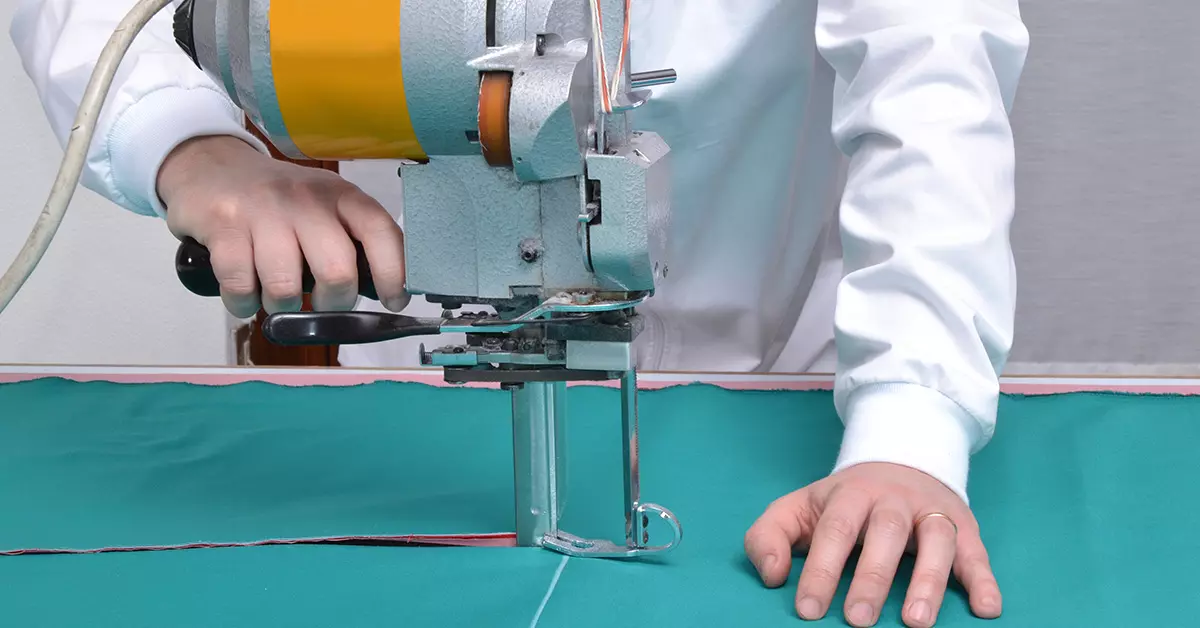Let’s face it—fashion is fast, competitive, and constantly evolving. If you’re in the industry, you know how important it is to stay ahead of the curve. Two buzzwords making waves right now? Cutting machine for fabric and PLM for fashion. These aren’t just fancy tech terms—they’re game-changers. In this article, we’ll explore how these tools are revolutionizing how clothes are made, from the sketchpad to the store shelf.
What Is a Cutting Machine for Fabric?
So, what exactly is a cutting machine? At its core, it’s a tool designed to slice through fabric quickly, cleanly, and efficiently. These machines can be manual, semi-automatic, or fully automated depending on your setup.
How Cutting Machines Work
They operate using blades, lasers, or dies to follow a pre-set pattern. The machine reads a digital design and translates it into physical cuts—fast, sharp, and precise.
Types of Fabric Cutting Machines
There’s no one-size-fits-all machine. You’ve got:
- Rotary cutters for clean, round lines
- Die cutters for mass production
- Laser cutters for intricate details
Each one serves a unique purpose depending on the volume and complexity of the design.
Why Cutting Machines Matter in Fashion
Fashion runs on speed. Cutting machines help brands deliver collections faster without compromising quality.
Boosting Productivity
Manual cutting is slow and error-prone. With cutting machines, you can process multiple layers at once, increasing output dramatically.
Reducing Fabric Waste
These machines are precise. That means fewer mistakes, less wasted fabric, and more money saved. It’s a win-win for both your budget and the planet.
Types of Cutting Machines in Detail
Manual Fabric Cutters
Great for small studios or DIY enthusiasts. They’re affordable but require physical effort and skill.
Electric Rotary Cutters
These add power to the manual process, allowing smoother and quicker cuts, especially for thicker materials.
Die Cutting Machines
Perfect for bulk cutting. Die cutters use molds or templates to punch shapes out of fabric, ideal for uniforms or mass-produced items.
Laser Cutting Machines
Top-of-the-line tech. These use lasers for extreme precision, often used in high fashion and custom tailoring.
Advantages of Using Fabric Cutting Machines
Precision and Accuracy
With digital templates, every cut is perfect. This ensures consistency across products.
Time-Saving Features
Speed is everything in fashion. These machines cut down time dramatically, allowing quicker turnarounds.
Safety Improvements
Modern machines come with safety features like automatic blade retraction and sensor controls, minimizing injuries.
What Is PLM for Fashion?
PLM stands for Product Lifecycle Management. Think of it as the brain of your fashion business. PLM for fashion
Definition of PLM
It’s software that manages every stage of a product’s life—from the first sketch to final production.
Key Features of PLM Software
- Centralized data storage
- Real-time collaboration
- Tech pack management
- Costing and sampling tools
Benefits of PLM in the Fashion Industry
Better Collaboration Across Teams
Designers, merchandisers, and manufacturers can all work in sync using the same data. No more email chains or version mix-ups.
Faster Time to Market
Speed is everything. PLM helps cut down the time from concept to store shelf, keeping you ahead of competitors.
Managing Complex Product Data
Colorways, sizes, trims, materials—fashion has many moving parts. PLM organizes it all in one place.
Integrating PLM with Fabric Cutting Machines
Now this is where things get really interesting.
Digital Workflows from Design to Production
Imagine designing something on a computer, hitting “Send,” and your fabric cutter starts working instantly. That’s PLM and cutting machine synergy.
Real-Time Data Sharing
Changes in design or materials? Everyone sees it instantly, ensuring no one works off outdated info.
Top PLM Software for Fashion Brands
Here are a few top players changing the game:
- Lectra: Known for its integrated design-to-cutting solutions.
- Centric Software: Offers customizable platforms for brands of all sizes.
- Gerber YuniquePLM: Pioneers in combining PLM with automated manufacturing tools.
How PLM Streamlines Fashion Design
Managing Tech Packs
These are the blueprints of any garment. PLM keeps them updated, accurate, and accessible.
Version Control
Say goodbye to confusion. You’ll always know which version is the latest.
Design Approvals and Sampling
Get faster feedback and approvals, reducing the back-and-forth that slows down production.
Choosing the Right Cutting Machine
Key Factors to Consider
- Fabric types
- Production volume
- Budget
- Ease of integration with PLM
Popular Brands in the Market
- Brother
- Cricut
- Gerber
- JUKI
These brands offer a range of machines to suit different needs.
The Role of Automation in Fabric Cutting
Smart Machines with AI Integration
Machines now come with AI that can predict issues, adjust settings, and optimize layouts for minimal waste.
Robotics in Cutting Lines
Some advanced factories use robotic arms to move fabric and tools. It’s like having your own Iron Man on the factory floor.
Sustainability Through PLM and Cutting Machines
Reducing Material Waste
Both tools help in using fabric more wisely and reducing offcuts.
Optimizing Resource Use
You’ll use less energy, fewer resources, and still get better results. That’s sustainable fashion done right.
Future Trends in Fashion Manufacturing
3D Virtual Sampling
Why waste fabric when you can preview garments in 3D?
Smart Connected Equipment
Machines that talk to each other? Yep, that’s happening—and it’s revolutionizing manufacturing floors.
Conclusion
The fashion industry is no longer about just needles and thread—it’s about tech, precision, and smart tools like cutting machines for fabric and PLM for fashion. Whether you’re a small startup or a major label, embracing these innovations can transform how you design, produce, and deliver. The future is digital, fast, and sustainable—and it’s time to join the movement.










